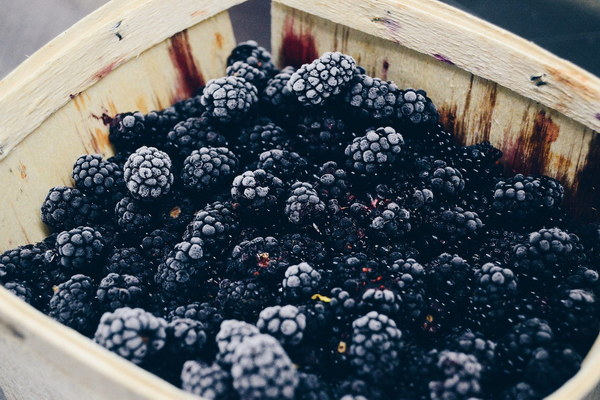The Nutritional Powerhouse Red Beans as a Traditional Chinese Remedy
Red beans, known as hongdou in Chinese, have long been celebrated for their numerous health benefits and nutritional value. As a staple in traditional Chinese cuisine and medicine, these small, vibrant beans have been used for centuries to promote overall health and wellness. In this article, we will delve into the various ways in which red beans can be used as a natural remedy and the benefits they offer.

One of the primary reasons red beans are considered a superfood is their rich fiber content. Fiber is essential for maintaining a healthy digestive system, and red beans contain both soluble and insoluble fiber, which helps to improve bowel movements and reduce the risk of constipation. This fiber also aids in lowering cholesterol levels and reducing the risk of heart disease.
Red beans are an excellent source of protein, providing about 15 grams per cup. This makes them a great option for vegetarians and vegans looking to increase their protein intake. Protein is essential for muscle growth and repair, and the amino acids found in red beans contribute to the synthesis of hormones, enzymes, and other important compounds in the body.
In terms of micronutrients, red beans are packed with essential vitamins and minerals. They are particularly high in potassium, which plays a crucial role in regulating blood pressure and heart function. Additionally, red beans contain magnesium, a mineral that helps to maintain healthy bones, muscle function, and nerve health. They also provide a good source of iron, which is important for oxygen transport and energy production in the body.
One of the most notable health benefits of red beans is their ability to reduce inflammation. Chronic inflammation is linked to a variety of health conditions, including heart disease, diabetes, and certain types of cancer. Red beans contain anti-inflammatory compounds called anthocyanins, which have been shown to reduce inflammation and oxidative stress in the body.
Red beans have also been found to have a positive impact on blood sugar levels. They are low on the glycemic index, meaning they do not cause a rapid spike in blood sugar. This makes them a suitable food for individuals with diabetes or those looking to manage their blood sugar levels. The fiber content of red beans also slows down the absorption of sugar, further helping to regulate blood sugar levels.
Traditional Chinese medicine has long recognized the benefits of red beans in treating various ailments. They are believed to have diuretic properties, which can help to relieve water retention and reduce swelling. Red beans are also thought to improve circulation and reduce the risk of blood clots, making them beneficial for those with cardiovascular conditions.
To incorporate red beans into your diet, there are numerous ways to enjoy them. They can be cooked and added to soups, stews, salads, or as a side dish. Red bean paste is a popular ingredient in many Chinese desserts and snacks. Additionally, red bean flour can be used in baking to add a unique texture and flavor to breads, cookies, and other baked goods.
In conclusion, red beans are a powerful food with numerous health benefits, both in traditional Chinese medicine and modern nutrition. Their high fiber content, protein, and array of vitamins and minerals make them a valuable addition to a balanced diet. By incorporating red beans into your meals, you can enjoy the numerous health benefits they offer while savoring the rich, earthy flavor they bring to the table.









